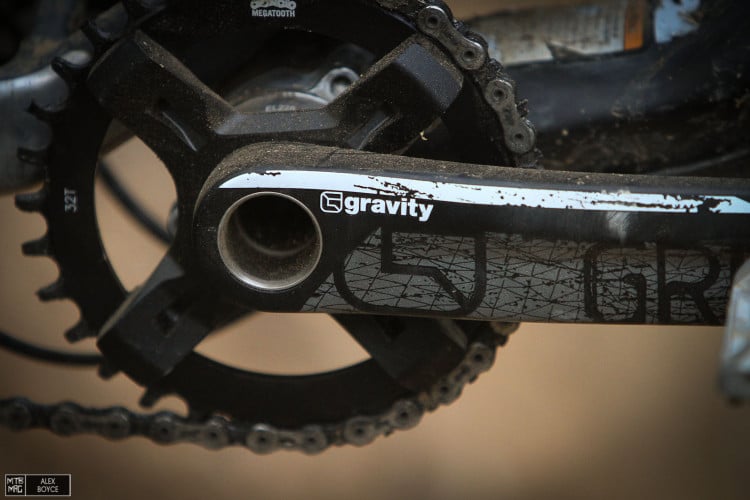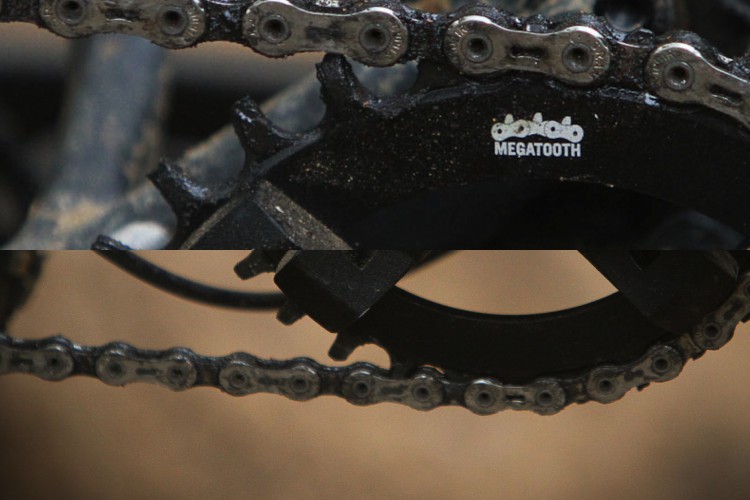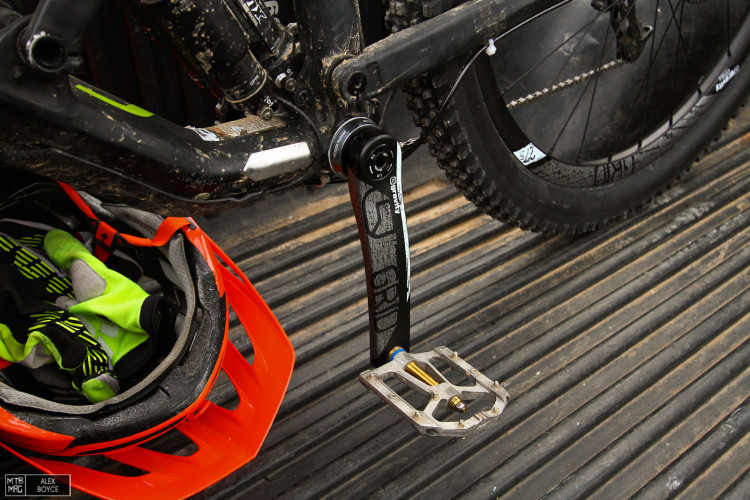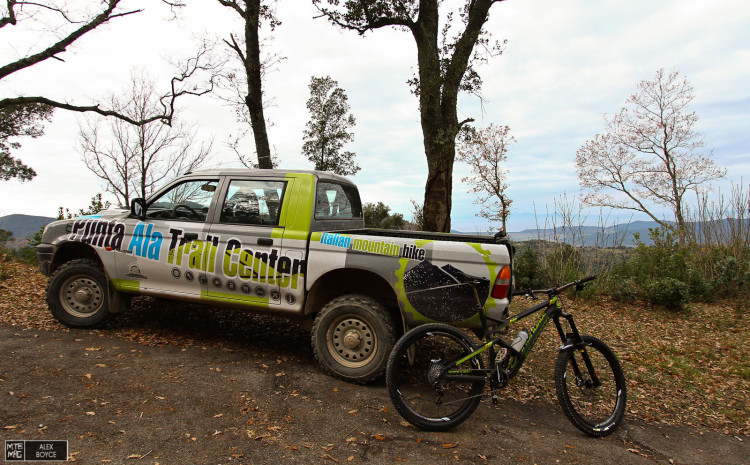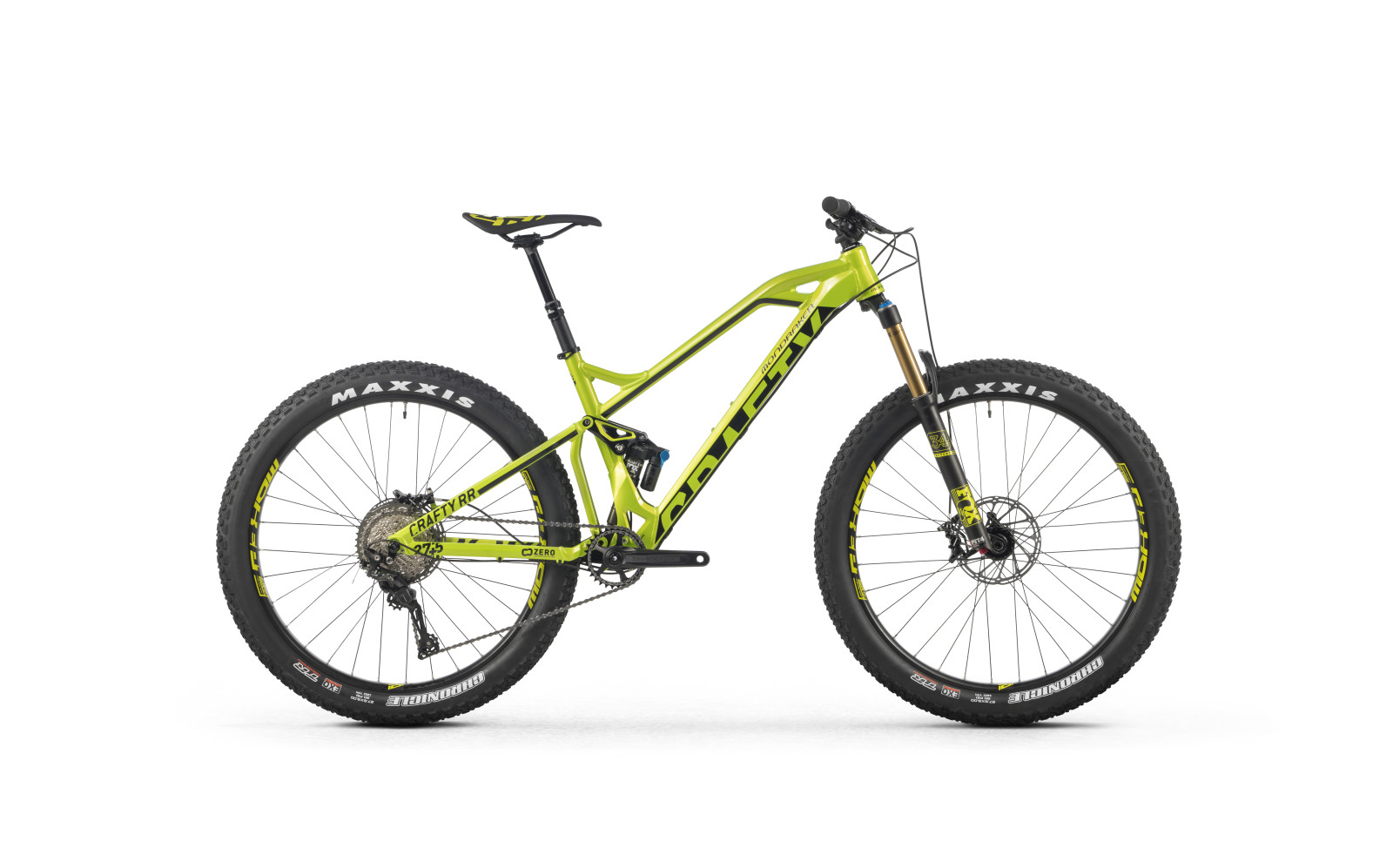[ad3]
Looking for good quality, well priced cranksets for Enduro and Trail use can be a bit of a minefield these days. With a market full of varying options and incomprehensible standards; knowing what’s what is becoming increasingly difficult. As one of the bigger bicycle component manufacturers, FullSpeedAhead has a huge range of options using various manufacturing techniques for each of their cranksets. With their affordable Gravity Grid Megatooth Crankset line up, FSA have taken the hollow forged route and created an accessibly priced consumer product that we’ve been putting through its paces lately.
Specifications
- 6066 Aluminum hollow forged crank arms
- Lengths – 170mm, 175mm
- Q-Factor – 168mm
- BCD – 104/64mm
- Chainline – 50mm
- 34T, 32T, 30T (X11)
- Sandblasted black anodized
- 759 grams
- €260 RRP
FSA have based their cranks around the 24mm axle standard which is hollow, along with their hollow forged crank arms.
The chain management is provided by their Megatooth chainring which has a narrow/wide profile, thus increasing engagement to help keep the chain on.
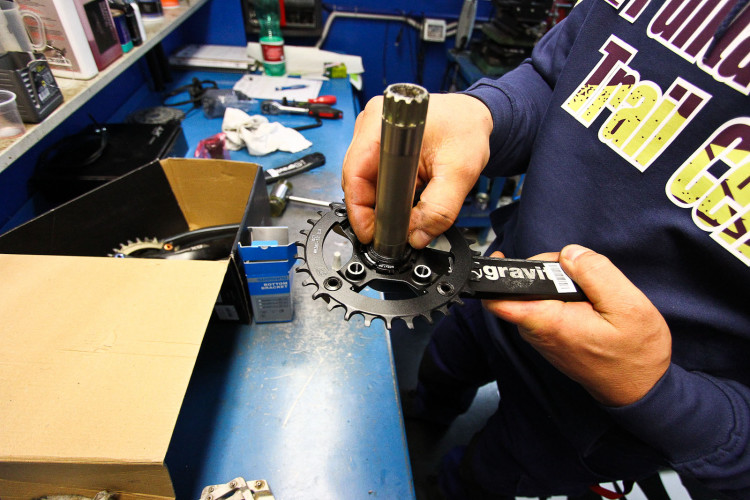
The cranks use a Shimano style axle with a splined non drive side crank attachment which is secured by an allen key bolt.
The non-driveside crankarm.
On first glance at the technical details, the Grid cranks are a pretty good all-round option. They can be made to work as a 1x or 2x setup, their weight is light enough to be considered by riders looking for a strong yet not excessively heavy setup, plus their aesthetic is pretty good for blending into most bike setups as it is black and low-profile. Compared to other well known cranks on the market, the Shimano Zee crankset weighs in at 815grams. That’s 55 grams heavier and is priced similarly. The Gravity GRID range is designed as a price sensitive group for Enduro and Trail type riding where the Zee Cranks are a bit more gravity oriented. The Grid cranks use a single spider for single and double chainrings, all based on a standard 104BCD bolt pattern.
On The Trail
We spent a few weeks bashing around the trails of Punta Ala with the Grid cranks on our Cannondale test bike. It has been interesting because in addition to pedaling, we managed some shuttle time to put them under a bit more stress on the rockier trails.
In general, the crankset is great, they feel stiff, the bearings are smooth and the chainring robust. Fairly simple, but then we started to think… We have been using the 170mm length, for the first time this year. Interestingly the intended use of Gravity and the 170mm length start to make sense. We noticed a significantly reduced number of pedal strikes and impacts on trail debris and sections which were awkward to ride or sometimes by our own error failed to choose the right line. To the point we were so surprised that we swapped back to 175mm cranks to see what kind of difference we had for a few runs. When we went back to the Grid cranks we confirmed what first found that the 170mm cranks were better to ride in the descents due to the extra clearance.
The converse side to this is in the ascents you have slightly less leverage and need to push a bit harder. If you are running a 2 x 10 system thats not really an issue, with 1x system, it might mean having to reduce the front chain ring a couple teeth down to 30T rather than 32T if that is your normal ratio. The advantages of using 170mm in our case with a low slung Enduro bike were appreciated. We pedaled a significant amount and did notice it was marginally harder on the legs with 170mm cranks uphill. On flat transfer trails we felt the 170mm length was negligible.
The Grid cranks did hold up well to what punishment they took, no distortion was noticed even when we pivoted off a rock with our full weight on the crank. This kind of movement has bent cranks in the past, so we felt confident to be using the Grid cranks.
Chain management was taken care of by the Megatooth chain ring which did its job well, we didn’t drop a chain once. The tooth pattern on the chain ring is now a fairly well established design in the market that has ported well to the Grid cranks.
The supplied FSA bottom bracket was smooth and supportive, we added one spacer to have the correct chain-line. The conversion from BB30 to 24mm was seamless. We did not notice any flex using this system compared to a BB30 system. What we did like was that we felt it was easier to install and remove the 24mm cranks, and less dirt appeared to ingress into the bearing compartments compared to our previous BB30 setup, however that can be subjective to the way we are riding and the location.
Cranks are pretty simple test, get on your bike and ride them, here we also did some frequent shuttle runs to maximise our test time.
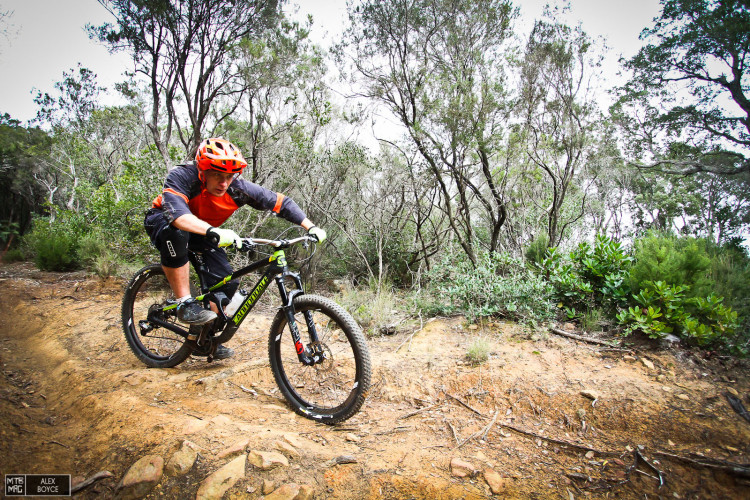
Punta Ala test center trail 301 is a good place to start testing. Rocks, flow, pedal sections, everything to get the test rider feeling the product and how stiff the cranks really are under pedal pressure.
Conclusion
There is no doubt Gravity have come up with an excellent value, quality product that is dependable and met all our requirements for this price point. Compared to the competition, we think that the design and aesthetic is competitive and wont be out of place on many bikes. We liked the fact that although we were running a 1 x 10 system there is the option to go 2x if needed, which is a consideration at this price point for many riders. Trail handling was great overall and we felt confident that the energy we put in was being transferred effectively to the wheels. Overall then the Grid cranks are ones to put on the shopping list if you’re looking for a high quality crankset that comes in at a very reasonable price.
Gravity Grid
Test Center: Punta Ala Trail Center
[ad45]



